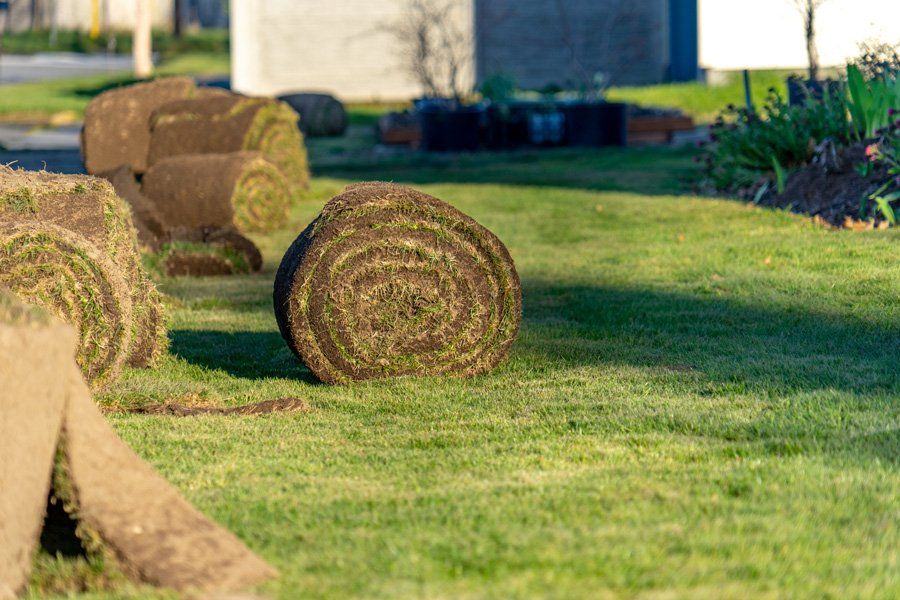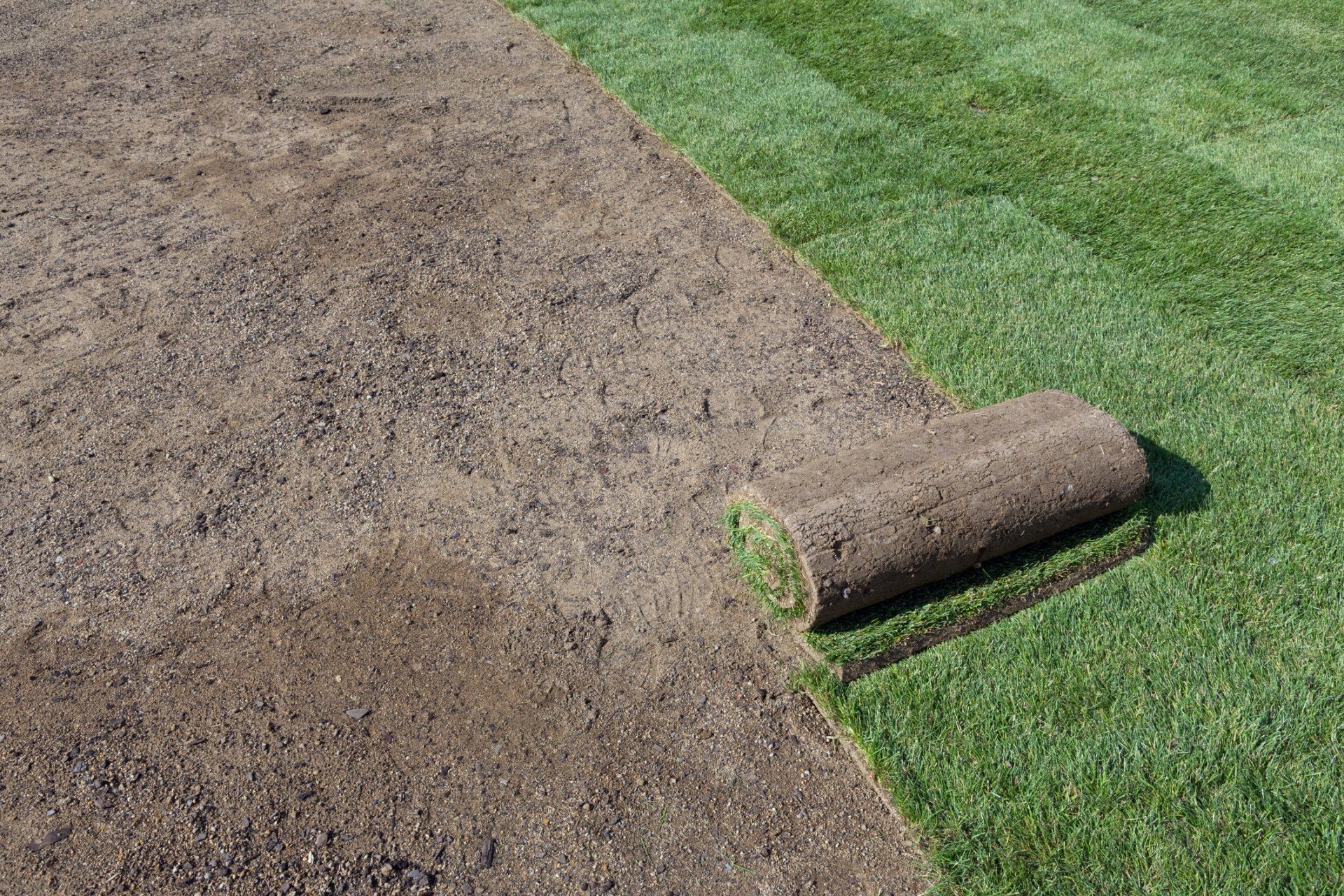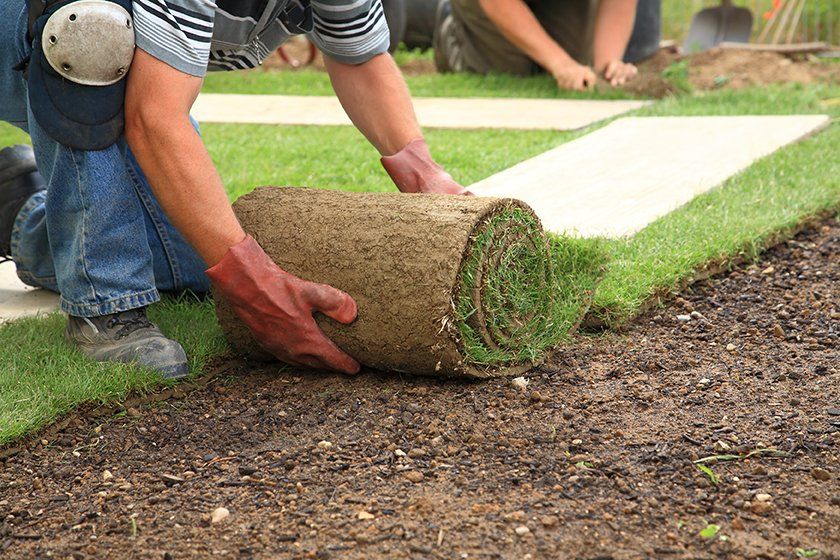Want a Palm? 5 Questions to Choose the Right One
- By Admin
- •
- 11 Feb, 2019
- •

Palm trees provide a lush look for your home or commercial site with little maintenance. There are, though, many varieties - each with their own traits and needs. So how can you choose the right one for your space? Here are five questions that will help you decide.
1. What Is the Climate?
Palms are traditionally associated with the tropics or sunny deserts like California. And to be sure, most palms do best in full sun and relatively dry climates. But some species can handle more extreme weather, including snow.
Bulgaria windmill palms and pindo palm trees are both hardy enough to survive freezing and snowy days. If your area is at risk of freezes, consider planting a hardier palm species.
2. Where Will It Be Planted?
The specific conditions where the tree will be planted also determine a good choice. Does the location have full sunlight or just partial? Does the soil have good drainage, or is it more likely to stay very wet? As the tree ages and gets bigger, will it run into partial sunlight conditions?
For palms with more moisture, look for the lady palm or ruffled fan palm - both of which come from more naturally wet regions. For tough, dry soil, consider the triangle palm or Mediterranean fan palm. Before choosing a palm species, test the soil to determine its makeup and work with a professional landscape service to find a good match.
3. How Tall or Wide Do You Want It?
What sort of height and width do you want your palm tree to reach? Some species, like the sago palm, can be planted at shrub size and will grow extremely slowly (sometimes no more than one inch per year), so they are great for tight spaces. The Mexican parlor palm is another small palm that will bush outward for a lush appearance but won't gain much height.
Want a taller tree for privacy or because it's near larger architectural features? The Mexican fan palm or Canary Island date palm - generally known as the classic (and very) tall palm trees of Southern California skylines - might fit the bill. The Chilean wine palm or triangle palm are a compromise for those a little less ambitious.
4. What Maintenance Can You Do?
All greenery comes with some kind of maintenance requirements, but most palms generally only need a little tending twice a year. You'll need to remove dead or dying fronds as well as those which are growing in a downward angle.
If you want to avoid unnecessary pruning or cleanup, avoid date palms that drop fruit. Coconut palms also tend to need extra care so that the coconuts don't become heavy and fall.
Keep in mind that the better you match the palm species with the soil, water, and sunlight requirements as well as properly mulch it, the less it will require extra fertilizer and chemical adjustments to the soil.
5. What Do You Want From the Palm?
Finally, what do you want your palm to add to the landscape? Are you looking for something to add volume and green to the backdrop of a landscape? Then you may want a small, bushy palm like the sago or lady palm.
But if you want a statement piece that can serve as a focal point for the yard design, add the unique and fascinating triangle palm. Want a palm that grows at fun angles? Consider the flexible California fan palm.
No matter what your reason for adding a palm tree to a landscape, work with professionals to help make a great choice. At Turf Master Sod Farm, we carry a variety of interesting palms perfect for a variety of landscape locations. Call today to learn more.











